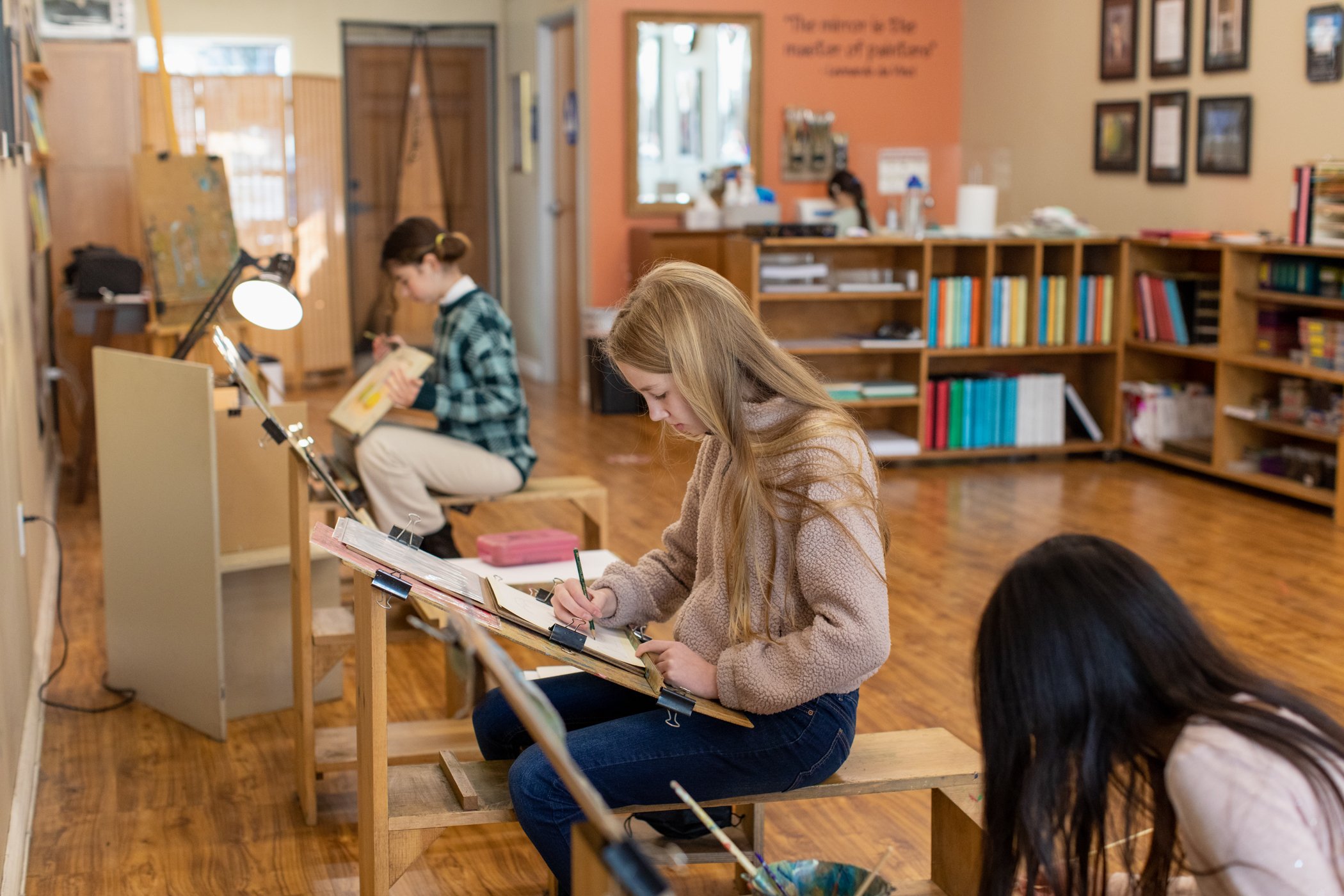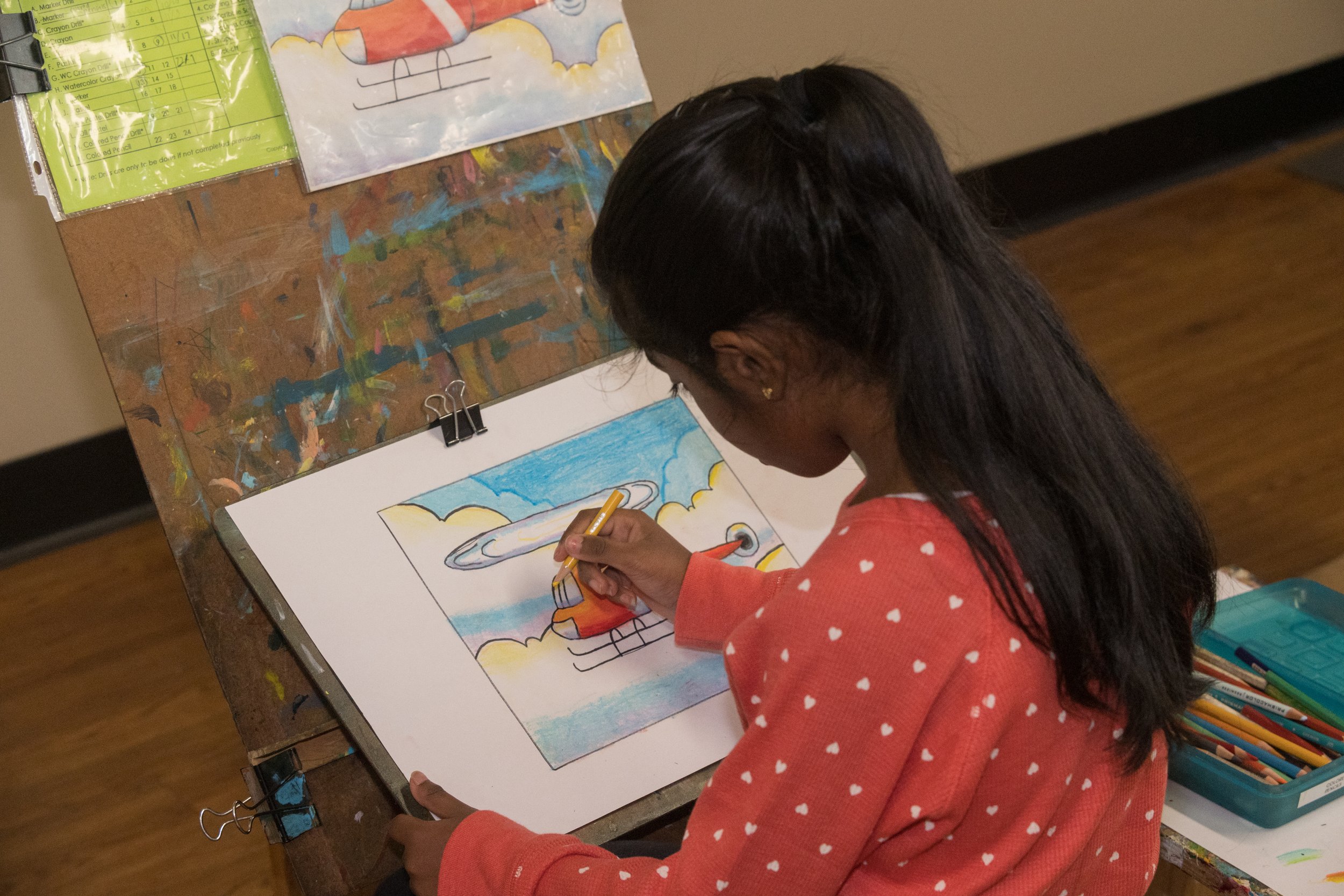WHAT SETS US APART?
As a family-owned and operated business since 1986, we have prioritized quality of art education above all else. By never franchising, we ensure the highest quality program geared to all students’ abilities and interests..
Our unique curriculum is designed, reviewed, and updated utilizing feedback from our teachers and students.
WHAT AND WHY WE TEACH?
What is Drawn2Art
Drawn2Art teaches students realistic drawing and painting skills as well as clay sculpture.
Motor Skills
Many of the motions involved in making art are essential to the growth of fine motor skills in young children.
Academic Performance
Skills learned from studying the arts positively affect classroom test scores.
Recipient of the Walt Disney Motif Award
Selected as One of the Top Five Art Programs in the Nation













